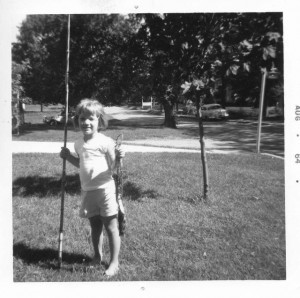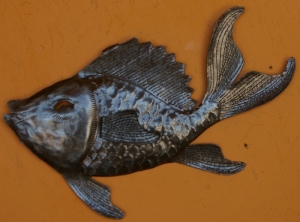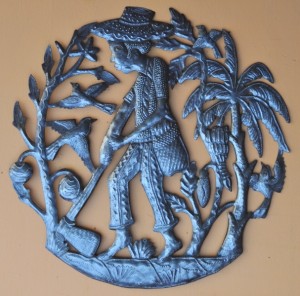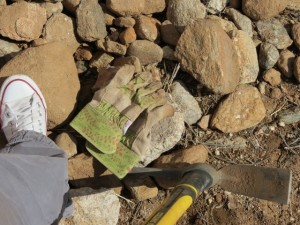Nightcrawlers in Grandma’s Fridge
When I was a kid, I used to love to go fishing. My grandparents lived up in northwest Iowa, a block and a half from one of five of Iowa’s “Great Lakes” and my family would go up and visit every summer. The centerpiece of each of those summer memories is Grandpa and my brother and I going out in Grandpa’s boat to fish.
But it wasn’t just the fishing. It was getting ready to fish. We’d have spent a good portion of the night before going out with flashlights in the dark and digging into the soft, loamy soil for nightcrawlers. Seems like there was a reliably good spot underneath a sprawling maple tree near the fence on the side yard where they could be found in good quantity; fat and squirming and key to a glorious catch in the morning. We’d put them in Styrofoam cups and punch holes in the lids so the worms could breathe and stick them in Grandma’s refrigerator. Then off to bed, dreaming dreams of landing a Big One.
Loaded with bamboo poles, fresh nightcrawlers, a well-fortified tackle box, a thermos full of Kool-Aide, and oodles of confidence we would set out. It was always an early go because Grandpa knew, as all great sportsmen did, that the fish don’t bite much when the sun gets high and the water gets too warm. We’d buckle into our sturdy orange life vests, find our places in the boat and motor over to the far side of the lake where the water was deep and the trees gave good shade well into mid-morning. It was there that we would bait our hooks, drop our lines……and wait.
At this point, memory fades a bit. I suppose there were squabbles between my brother and I over which side of the boat was the lucky side and who had the best/most/biggest fish. I suppose there were days when there was nothing to squabble about because we didn’t catch anything at all. But I do know that when they were hitting, it was sheer delight to pull up the line and watch the silvery fish break to the surface. “How big is it? What kind is it? Do you think it’s the best yet?” “Can we cast out for one more?” And as our pail swirled with our catch of perch and sunfish and crappies, we would eagerly anticipate the feast at dinner that night.
Truth be told, I don’t know how many hours it took Grandpa to clean those fish, or Grandma to filet and fry them. And I probably don’t want to know. But the patience they forbore, their toil, their tolerance of holes in the yard and creepy-crawlies in the fridge assured my grandparents’ places in heaven.
I still love to fish. But what I love most is the memories I have of fishing and those yet to be made.
Contributed by Linda for Beyond Borders/It’s Cactus





![rnd253[1]](https://blog.itscactus.com/wp-content/uploads/2013/02/rnd2531.jpg)

![il570xN264988494[1]](https://blog.itscactus.com/wp-content/uploads/2013/02/il570xN2649884941.jpg)
![2706[1]](https://blog.itscactus.com/wp-content/uploads/2013/01/27061.jpg)
![rnd298[2]](https://blog.itscactus.com/wp-content/uploads/2013/01/rnd29822-300x298.jpg)